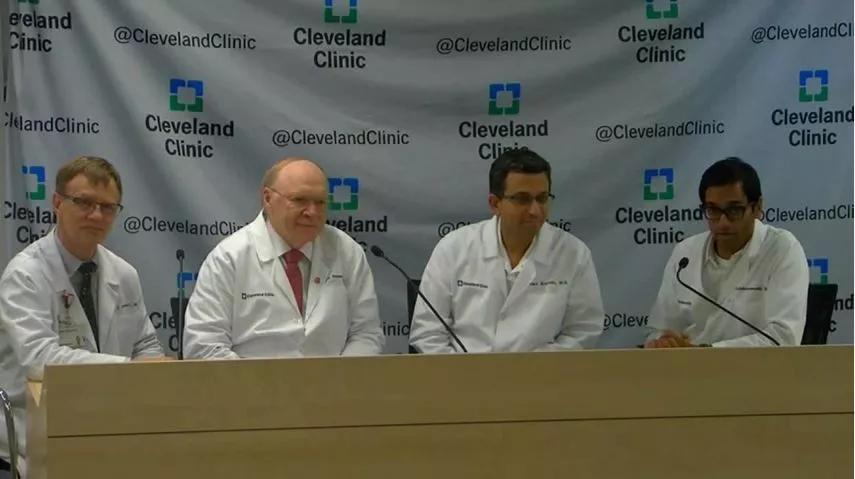Perspectives from leading Cleveland Clinic co-investigators

The latest results from two major multicenter studies have bolstered the case that transcatheter aortic valve replacement (TAVR) may be emerging as the standard of care in intermediate-risk patients with severe aortic stenosis. Both studies were presented as late-breaking trials at ACC.16, the American College of Cardiology’s 65th Scientific Session.
Cleveland Clinic is a non-profit academic medical center. Advertising on our site helps support our mission. We do not endorse non-Cleveland Clinic products or services. Policy
First was the final two-year report out of the PARTNER 2A randomized trial comparing TAVR with surgical aortic valve replacement among 2,032 patients at intermediate risk of surgical complications. The findings confirmed that TAVR’s noninferiority to surgical aortic valve replacement — which was already established in high-risk patients — extends to this additional intermediate-risk population as well. But the insights didn’t stop there: PARTNER 2A also showed that the subgroup of patients who received TAVR via transfemoral access had a statistically significant reduction in the primary end point of all-cause death or disabling stroke compared with the surgery group. The study was simultaneously published in the New England Journal of Medicine.
Next was the report of one-year results from the observational SAPIEN 3 study assessing outcomes among 1,077 intermediate-risk patients with severe aortic stenosis who received TAVR using the new-generation SAPIEN 3 valve. The study used a prespecified propensity-score analysis to compare these outcomes with those from the surgical valve replacement arm in the PARTNER 2A trial. It found TAVR with SAPIEN 3 to be significantly superior to surgery on the primary composite end point of death, stroke and severe aortic regurgitation at one year. The results were simultaneously published in The Lancet.
Cleveland Clinic was a participating center in both studies. In the video below, two of the trials’ investigators — cardiothoracic surgeon Lars Svensson, MD, PhD, Chairman of Cleveland Clinic’s Miller Family Heart & Vascular Institute, and interventional cardiologist Samir Kapadia, MD — are joined by colleagues from Cleveland Clinic’s TAVR team to interpret the studies and explore their clinical implications. They touch on everything from likely FDA actions in the wake of these studies to the next phase of the PARTNER research project.
Click here for more on clinical research presented at ACC.16.

Surprise findings argue for caution about testosterone use in men at risk for fracture

Findings support emphasis on markers of frailty related to, but not dependent on, age
![GettyImages-1252287413 [Converted]](https://assets.clevelandclinic.org/transform/StoryPanel/350804b2-f1e4-4d97-a277-9629cf45af3e/23-HVI-4120348_redlining_650x450_jpg?w=3840&q=75)
Large database study reveals lingering health consequences of decades-old discrimination

Additional analyses of the two trials presented at 2023 ESC Congress

Prospective SPIRIT-HCM trial demonstrates broad gains over 12-month follow-up

An ACC committee issues recommendations to accelerate sluggish progress

Review of our recent experience shows it’s still a safe option

Machine learning may improve risk prediction and guide therapy